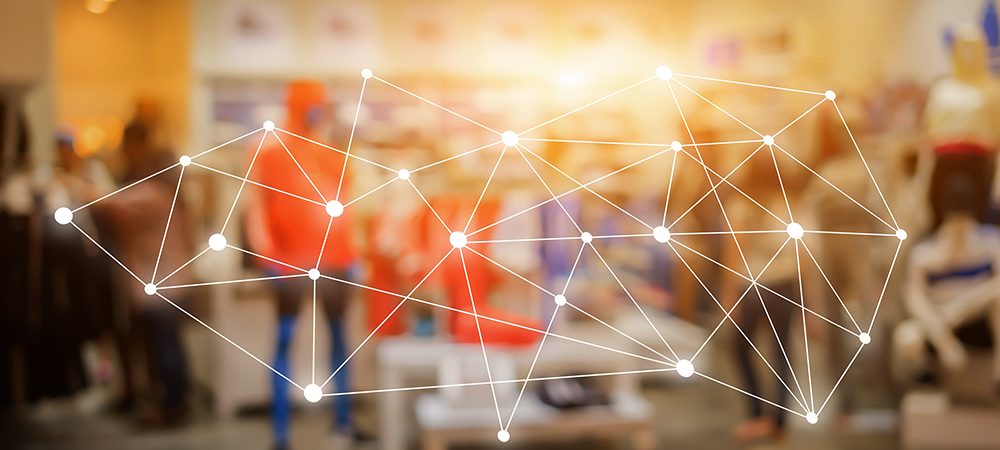Jamil Ahmad, Country Manager – KSA at Aruba, a Hewlett Packard Enterprise company, says IoT can take the high street into the digital future.
Retail sales in the Middle East is booming. Customers are getting smarter about their shopping choices and their expectations of the retail experience are accelerating quickly. Non-store retailing, which includes online shopping, direct selling, mobile Internet, social media and home shopping, is expected to increase at a rapid pace, meaning high streets are taking the hit, and it’s going to take something special to get shoppers back into stores.
Technology can certainly help in enticing customers into stores and plugging the growth gaps retailers are suffering. One technology that is touted to disrupt retail is the Internet of Things (IoT), which, if it is used in the right way, can build a competitive differentiation.
According to Aruba research, early adopters of IoT are already reaping benefits that include improved customer experience (81%); improved visibility across organisations (78%); and increased profitability (74%).
This is particularly true for those businesses that are aiming to digitise the bricks and mortar stores with innovations like IoT. Amazon has taken the first step into the unknown with its Amazon Go stores that are totally checkout-less and function with a network of cameras and sensors that detect what has been bagged by shoppers to purchase.
Here’s a few practical steps that high street retailers in the Middle East could be taking to increase in-store footfall and subsequent profits:
Increasing footfall with location-based services
An in-store digital experience is crucial for retailers to compete with online retailers, but the first obstacle to overcome is to get customers to step inside. It’s clear that most customers often have their smartphone in hand that typically has data and location information switched on, so why not use that to the store’s advantage by sending them personalised, live offers to tempt them? This is achieved through enticing customers to sign on to the shop’s Wi-Fi network, downloading the app and sending subsequent push notification whenever they are within range of the beacons that recognise their location.
IoT technology keeps the in-store experience interesting, immersive and allows retailers to consistently innovate their in-store offering. Innovation brings various outcomes and is replicable across big and small brick and mortar stores. The Home Depot, notorious for its large stores, are deploying location-based services to help customers navigate vast estates.
By proposing that customers access the app, it is possible for them to use their phones to inquire about the location of certain products, leaving sales associates to focus on selling goods. Specially built applications and beacon technology can then use the in-store connectivity to direct customers to the exact location of the products they are after.
Deepening in store engagement by going digital
Brick and mortar stores can also compete with their online and high street rivals by proposing exclusive partnerships, offers and experiences to customers.
Once consumers are in-store, the advantage is with the retailers in grabbing their attention with new, exciting offers. Another method is arming employees with tablets to help them assist customers with finding out whether the right sizes are in stock, or the goods they are after are available. For larger stores, this could also help employees restock more efficiently.
Using these devices as point-of-sales could also free up employees from the tether of wired registers, allowing them to be with customers through their purchasing journey.
Gathering customer insight to innovate
Learning the behaviour of customers in-store is key to improving the effectiveness of offers and store layouts. One way to get to know the customer is to capture the data they create if they are accessing the retailer’s application in-store or use touch screens for information. Once this data is analysed, a picture of the customer and their interests can be built, enabling sales assistants to better cater to individual needs.
Gathered data can also be used to improve the physical layouts of stores by using the contextual information customers provide through their app usage. High-traffic areas can be used to issue information and communications of sales offers and new goods available.
Real-time Information about how busy the stores get – especially during the festive season – can also enable stores to better plan the staffing rotas to ensure it’s at optimal staffing capacity, saving stores money in the long run.
The retail industry has the opportunity of being disruptive and offering consumers a unique in-store experience. This has been touted for years but the technology available now can make this a reality.
Click below to share this article

